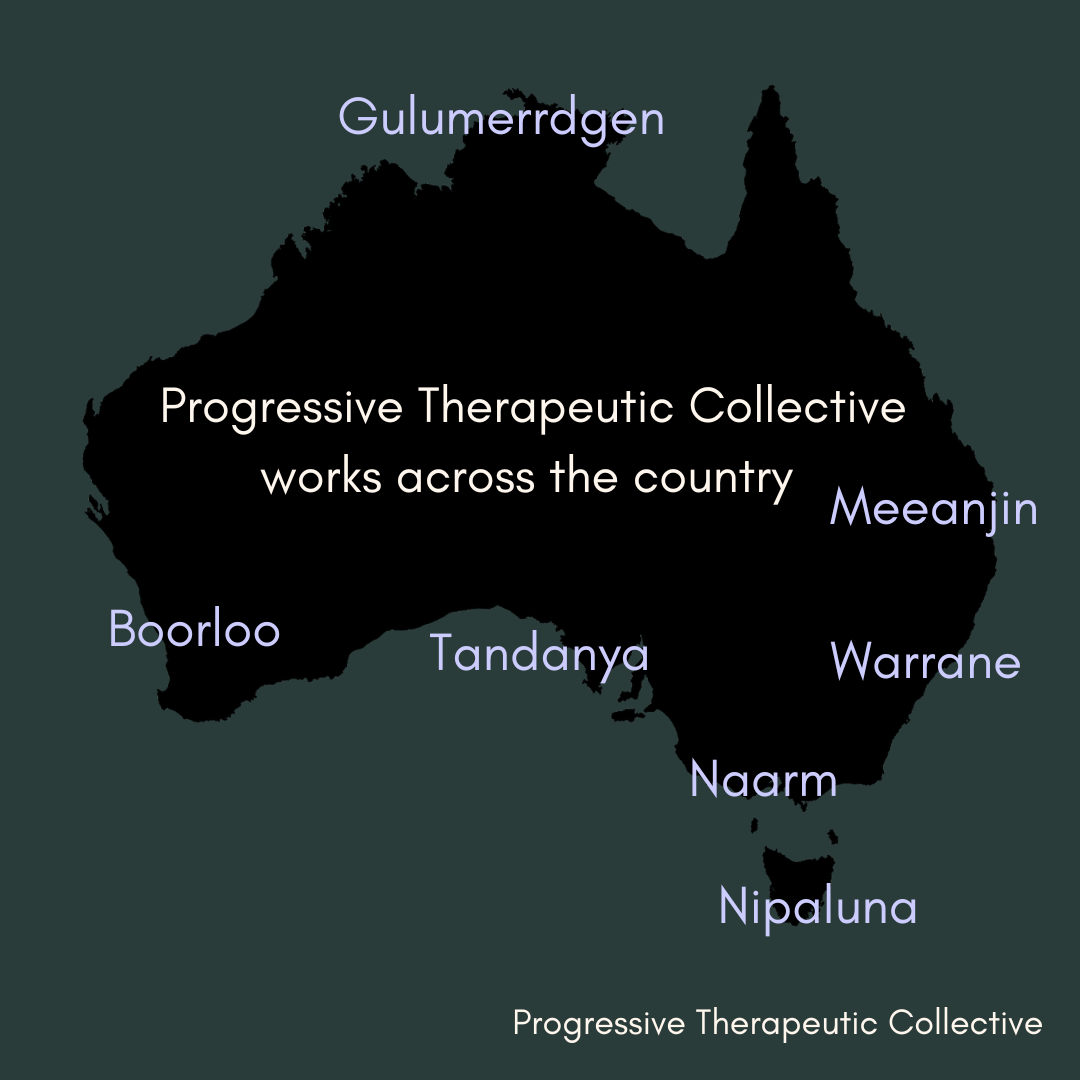Bears
The 'bear' has taken its rightful place in the diverse spectrum of queer identities.
The 'bear is typically a man who is large, robust, often with a significant amount of body and facial hair, embodying a rugged and 'masculine' image. The term's etymology likely draws from the physical attributes and perceived characteristics of the animal itself - size, strength, and a notably hirsute appearance. However, the bear is much more than a physical descriptor; it's a celebrated identity that represents strength, body positivity, and a pointed deviation from conventional standards of male beauty.
Examples of bear culture are not merely confined to individual identities. The community has given rise to a plethora of social events known as 'bear runs' – gatherings or festivals centered around bear culture. These events not only facilitate interactions within the community but also foster a sense of belonging and acceptance.
The bear community has marked its presence with a distinct flag – a vivid symbol created by Craig Byrnes and Paul Witzkoske in 1995. The flag features stripes in various shades of brown, punctuated by a paw print – a powerful and unambiguous representation of bear culture within the gay community.
The bear community also embraces variations within its broad umbrella. A 'cub' refers to a younger or younger-looking member of the bear community, while an 'otter' describes a man who, though hairy, is thinner than the typical bear physique. The bear culture, in its welcoming acceptance, has become a refuge for those who often feel excluded from conventional definitions of attractiveness.
Like all cultures, bear culture contains a variety of individual identities, each of which deserves respect and validation. The 'bear', far from being just an emblem of physical characteristics, is a roar of self-confidence, a celebration of body positivity, and a significant stride towards a more inclusive and diverse understanding of sexuality.

